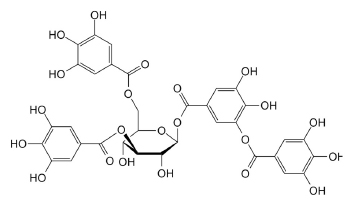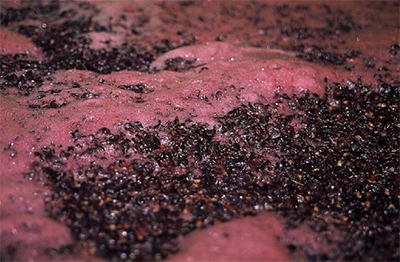The antimicrobial power of SO2 in oenology
So2 in Oenology Sulfur dioxide is effective against both bacteria and yeasts: its antiseptic power depends fundamentally on the concentration in its molecular form. During fermentation, some yeasts and many bacteria are more sensitive than others to the effects of SO2, so an important selection process takes place. In the right concentration, SO2 in musts […]
Enzymatic oxidation of SO2 in oenology
So2 in Oenology Enzymatic oxidation Polyphenol oxidase Among the active enzymes of grapes, during fermentation we have positive ones (e.g. β-glucosidase and esterase) and negative ones, such as the oxidase enzyme (polyphenol oxidase). Enzymatic oxidation or polyphenol oxidase (PPO) by grape enzymes (tyrosinase) or molds (Botrytis cinerea and Laccase), transforms phenolic compounds (flavan-3-ols, caffeine-oil-tartaric acid, […]
SO2 and O2 Oxidation and Protection Processes
So2 in Oenology Oxidation is the term used by chemists to describe when an element or compound loses electrons; oxygen is often involved in this process because it readily accepts one or more electrons when it reacts with an element or compound. We have seen that oxidation during grape harvesting is of an enzymatic type […]
Acetaldehyde
So2 in Oenology During alcoholic fermentation acetaldehyde is produced: from yeast in the metabolism of sugars starting from pyruvate in the formation of ethanol subsequently it is the product of the oxidation of ethanol itself through oxidation processes of polyphenols, oxygen activated by the peroxide in Fe+ In red wines, acetic acid is in lower […]
So2 in Oenology
Sulfur dioxide gas gives off a pungent, acrid aroma reminiscent of a burnt match. It is not possible to make wine without SO2 because all yeasts during fermentation produce sulphites as a metabolic intermediate in the reduction of sulphates. Yeast strains can be classified into low SO2 producers (e.g. Saccharomyces cerevisiae var. ellipsoideus) and high […]
Density Analysis of Vinegar with ALM-155
ALM-155 is a high-precision oscillating capillary densimeter within everyone’s reach, suitable for analyzing the density of wine or balsamic vinegars, glazes, wines and musts. After distilling the sample, it is also possible to measure the alcohol content. Main features: Density analysis (volume mass), density 20/20 and alcohol content according to the official method. Centesimal resolution […]
Tannins in their antioxidant function

So2 in Oenology Tannins are polyphenolic compounds with aromatic rings inside: many OH groups therefore have a strong propensity to capture O2 and consequently a strong antioxidant and antioxidative power. Among their main characteristics they have the ability to bind to metals (ethyl atom chelation) such as Copper and Iron. In addition to this, they […]
Alternatives to SO2
So2 in Oenology Since Sulfur is an allergen, in recent years there has been an increase in the demand for wines produced with increasingly reduced quantities of sulphites. This push from the market has led manufacturing companies and research institutes to seek valid alternatives to its use, with a view to guaranteeing the same or […]
Prevent aromas and color

So2 in Oenology Organoleptic power If dosed at the right time (at the end of fermentation), SO2 prevents the oxidation of aromas, helping the fruity taste and eliminating moldy and rotten tastes. If added too early, you may get the opposite result, i.e. unpleasant aromas (rotten eggs). Due to its ability to bind to precursors […]
Hello world!
Welcome to WordPress. This is your first post. Edit or delete it, then start writing!

